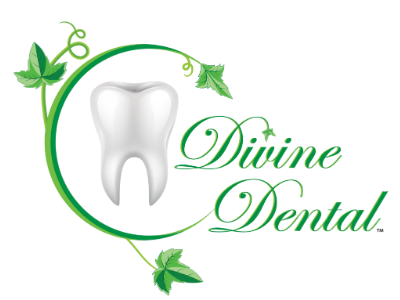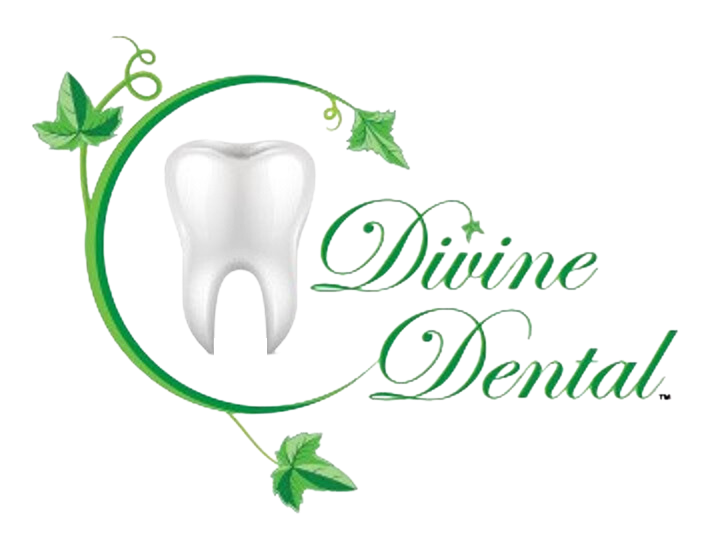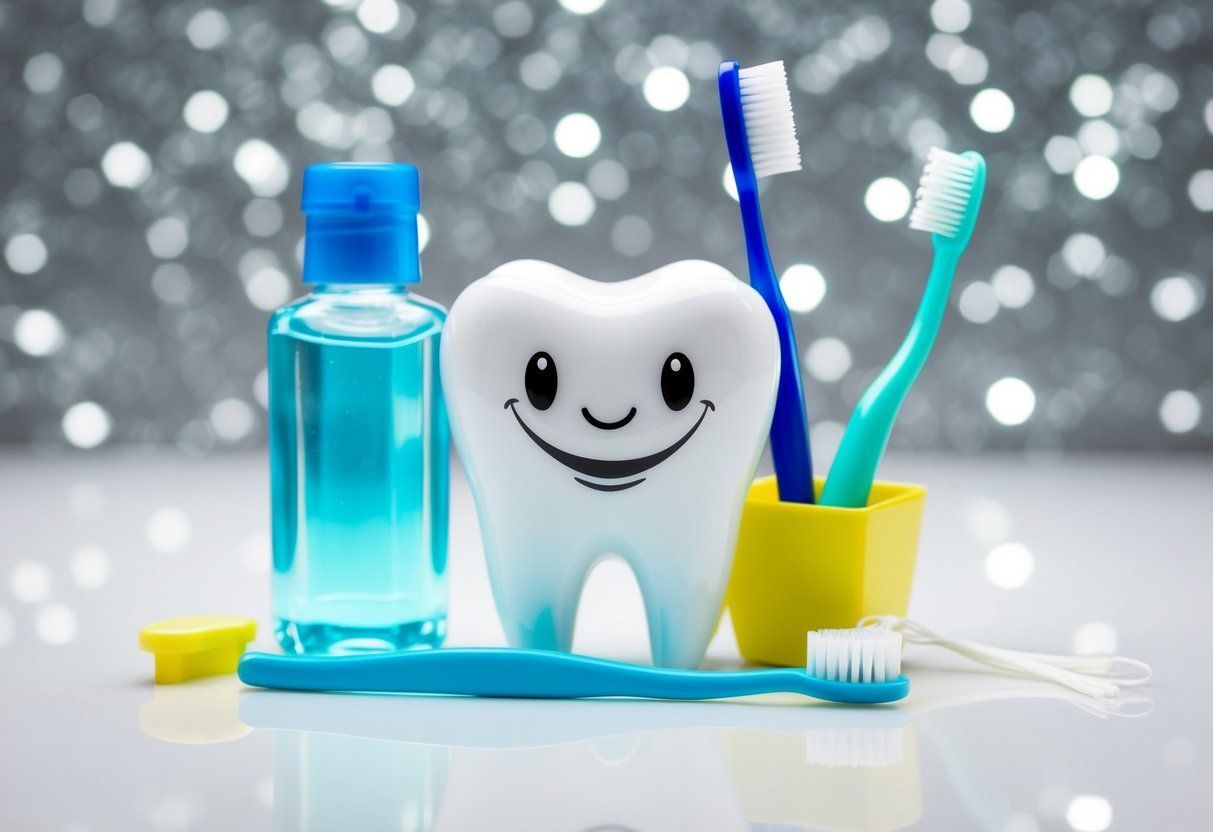Complete Guide To Dentures: Types, Care, And Restoring Your Smile
Dentures are a common solution for people with missing or damaged teeth, aiming to restore their smiles and improve their overall oral health. These removable dental prosthetics come in various types, each serving a specific purpose depending on the extent of tooth loss and individual needs. Whether it's partial dentures to replace a few missing teeth or complete dentures for an entire arch, these artificial teeth are designed to mimic the natural appearance and function of real teeth. With proper care and regular dental check-ups, dentures can provide a long-lasting and comfortable solution for those seeking a beautiful smile and improved dental health.
What are Dentures?
Dentures are removable dental appliances that are used to replace missing teeth and restore the function and appearance of your smile. They are a common tooth replacement option for individuals who have lost their teeth due to age, decay, injury, or other dental issues.
The primary purpose of dentures is to provide you with the ability to chew food properly and speak clearly. They also help to maintain the shape and structure of your face by supporting your facial muscles.
Dentures consist of artificial teeth that are attached to a gum-colored base. They are custom-made to fit your mouth and can be either complete or partial, depending on your specific needs. Complete dentures are used when all of your natural teeth are missing, while partial dentures are used when you still have some remaining natural teeth.
To ensure a proper fit and function, dentures may require adjustment and regular maintenance. It’s important to practice good oral hygiene by cleaning your dentures daily and maintaining regular dental visits. With proper care and maintenance, dentures can provide you with a natural-looking smile and restore your ability to eat and speak comfortably.

Types of Dentures
There are two main types of dentures: complete dentures and partial dentures. Each type serves a specific purpose and is used to address different stages of tooth loss.
Complete Dentures:
Complete dentures, also known as full dentures, are used when all of the natural teeth are missing. They consist of a full set of artificial teeth that are attached to a gum-colored base. Complete dentures are custom-made to fit your mouth and provide a natural appearance.
Partial Dentures:
Partial dentures are used when some natural teeth are still present. They are designed to fill the gaps created by missing teeth and prevent the remaining teeth from shifting out of position. Partial dentures can be made with metal or plastic frameworks, and they are attached to your natural teeth with clasps or precision attachments.
Denture Care and Maintenance
Proper care and maintenance of dentures are essential to ensure their longevity and maintain oral health. Here are some important steps to follow:
- Cleaning: Dentures should be cleaned daily to remove food particles and prevent plaque buildup. Use a soft-bristled toothbrush or denture brush to clean all surfaces of the denture. Avoid using toothpaste as it can be too abrasive and damage the denture. Instead, use a mild soap or denture cleaner recommended by your dentist.
- Soaking: Dentures should be soaked in a denture cleaner or a mixture of water and vinegar solution overnight to remove stains and odor. This will also help to keep the denture moist and prevent it from drying out.
- Handling with care: Dentures are fragile and can break if dropped. When handling dentures, make sure to hold them over a soft towel or a basin filled with water to cushion any impact.
- Regular dental visits: It is important to visit your dentist regularly for check-ups and professional cleaning of your dentures. Your dentist can inspect the dentures for any signs of damage or wear and make necessary adjustments for a comfortable fit.
- Proper storage: When not wearing your dentures, they should be stored in a denture container filled with water to prevent them from drying out and losing their shape. Avoid using hot water as it can warp the denture.
Bone Loss and Artificial Tooth Roots
Bone loss in the jaw can have a significant impact on the use of artificial tooth roots in dentures. Artificial tooth roots, also known as dental implants, are typically used to provide stability and support for dentures. However, when bone loss occurs, it can weaken the foundation for these implants.
Bone loss can occur due to various factors, such as tooth loss, periodontal disease, or aging. When the jawbone deteriorates, it becomes less dense, making it difficult to secure dental implants. Without a strong and stable foundation, implant-supported dentures may not be successful or provide the desired stability.
To address bone loss, dentists may recommend undergoing a bone grafting or augmentation procedure. These procedures involve adding bone graft material or synthetic bone to the jawbone to restore its density and volume. This process helps create a suitable environment for dental implant placement.
By addressing bone loss through bone grafting or augmentation, the jawbone can regain its strength and density, allowing for successful placement of artificial tooth roots. This, in turn, enhances the stability and success of implant-supported dentures.
Overall, bone loss can present challenges when using artificial tooth roots in dentures. However, with the appropriate interventions, such as bone grafting or augmentation, the impact of bone loss can be minimized, leading to improved stability and success of implant-supported dentures.

How to Restore Your Smile with False Teeth
Restoring your smile with false teeth is a popular option for individuals dealing with tooth loss. There are several tooth replacement options available, including partial dentures, complete dentures, and implant-supported dentures.
Partial dentures are used when a patient has some remaining healthy teeth. They consist of artificial teeth attached to a metal or acrylic base that fits snugly over the gums and clasps onto adjacent teeth. Partial dentures restore the appearance of a natural smile by filling in gaps and improving dental aesthetics.
Complete dentures, on the other hand, are used when all teeth in an arch are missing. These dentures are custom-made to fit comfortably and securely over the gums. They are made of a lifelike material that closely resembles the appearance of natural teeth. Complete dentures not only restore your smile but also enhance chewing and speaking abilities.
For those seeking a permanent solution, implant-supported dentures offer a great option. These dentures are secured in place using dental implants, which are artificial tooth roots that are surgically placed in the jawbone. Implant-supported dentures provide superior stability and durability, allowing individuals to confidently eat, speak, and smile without worrying about denture movement.
Regardless of the type of false teeth chosen, proper care and maintenance are important for their longevity. Regular cleaning, including brushing and soaking in denture cleansers, is crucial. Routine dental check-ups and adjustments from your dentist are also necessary to ensure optimal fit and comfort.
Restoring your smile with false teeth is a transformative process that can greatly improve your dental aesthetics and overall confidence. Consult with your dentist to determine the most suitable tooth replacement option for you and embark on the journey towards a beautiful and complete smile.
Common Types of Artificial Teeth Used in Dental Prosthetics
- Traditional Dentures: Traditional dentures consist of a plastic or acrylic base that is custom-made to fit over the gums. They are attached to artificial teeth and may require the use of denture adhesive to hold them in place. Traditional dentures are a removable option for individuals who have lost all their teeth in an arch.
- Implant-Supported Dentures: These dentures are anchored in place using dental implants. Dental implants are surgically placed into the jawbone, providing a stable foundation for the denture. Implant-supported dentures offer superior stability and prevent bone loss. They allow individuals to enjoy a more secure fit and better chewing functionality compared to traditional dentures.
- Partial Dentures: Partial dentures are used when a patient still has some remaining healthy teeth. They consist of artificial teeth attached to a metal or acrylic base that fits over the gums and clasps onto adjacent teeth. Partial dentures restore the appearance of a natural smile by filling in gaps and improving dental aesthetics.
- Complete Dentures: Complete dentures are used when all teeth in an arch are missing. They are custom-made to fit comfortably and securely over the gums. Made of a lifelike material that closely resembles natural teeth, complete dentures restore both the appearance and function of a smile, enhancing chewing and speaking abilities.
- Temporary Dentures: Temporary dentures are used as a temporary solution while waiting for permanent dentures or dental implant placement. They are commonly made of acrylic and are intended to serve as a placeholder until a permanent solution is achieved.

Conclusion
In conclusion, dentures can be a great solution for restoring your smile, confidence, and quality of life. Whether you’re getting partial or full dentures, it’s important to understand the types available, how to properly care for them, and know what to expect when you get them. With proper care and maintenance, dentures can last several years and help put a smile back on your face.
Our address
Work Hours
- Mon - Thu
- -
- Friday
- -
- Sat - Sun
- Closed
All Rights Reserved | Divine Dental |
Lead Generation by LeadLane
* Some restrictions may apply to a free second opinion




